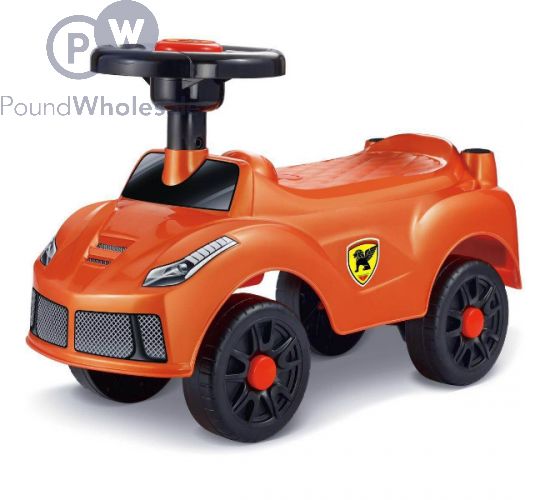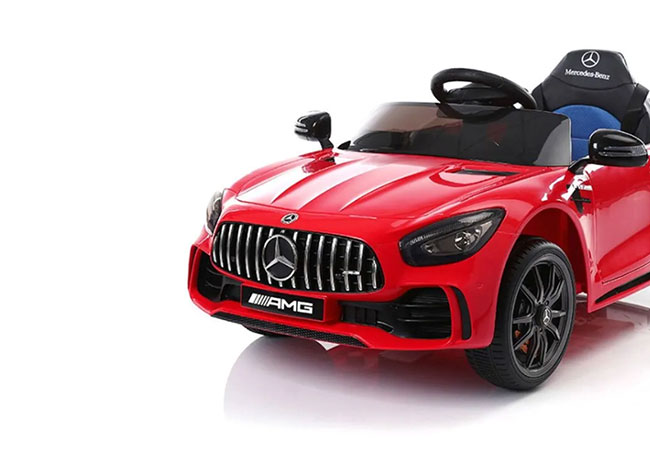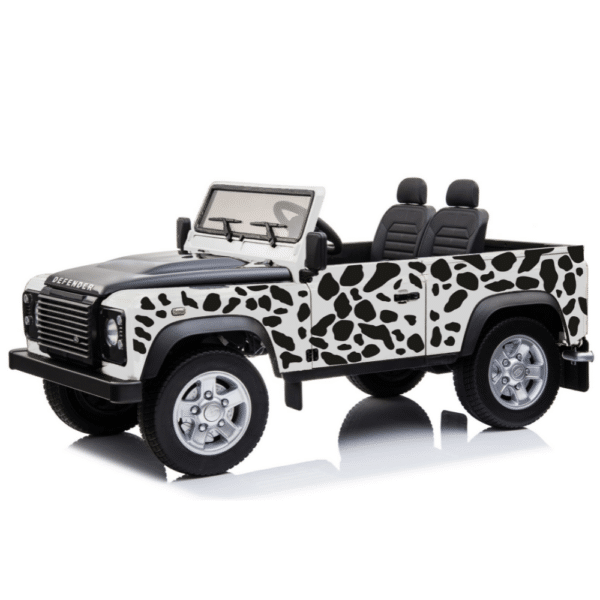Good Info For Choosing Kids Ride On Cars
Good Info For Choosing Kids Ride On Cars
Blog Article
What Should You Be Looking For When You Purchase An Ride-On Car For Children?
Be aware of the following aspects when buying a ride-on vehicle for your child: Age, size, developmental stage. These are all crucial to ensure that the ride-on is suitable and safe for them. What factors should be considered when evaluating these elements - age
The ride-on car must be specifically designed to meet the age of your child. They are typically low to the ground, have easy controls and simple features such as steering wheels and buttons, or levers. Ride-on vehicles with an extended base provide stability and reduce the risk of them tipping.
Children who are older (3+years old): As children get older, they're better at handling advanced vehicles that have many more features and controls. Look for cars that have adjustable seats with higher weight capacities and other features that are interactive, such as working lights, music and sounds. Consider ride-on vehicles that have variable speeds or parental controls for different levels of skill.
Size
Height and Weight – When selecting a ride on vehicle, consider your child’s height and their weight. Select a car that has a weight and seat height that is comfortable for your child. Beware of cars that are too big or too small. They may be unsafe and uncomfortable.
Comfort and Legroom Ensure that your child sits comfortably and has enough legroom on the ride-on. Check the dimensions of the car's seating area to ensure it's suitable for your child's height and height.
Developmental Stage
Motor Skills: When choosing a ride-on vehicle, take into account your child's ability to coordinate and their motor abilities. For toddlers, a simpler control could be necessary to maneuver. But, older kids can use interactive features and more complex controls.
Ride-on Cars Foster Confidence and Independence - When children learn to drive and navigate, ride-on cars foster confidence and assist them in developing their independence. Select a vehicle that lets your child to practise steering as well as acceleration and braking independently, thereby building their motor abilities and confidence as they progress through the years.
Take into consideration your child's curiosity and interest when choosing a ride on car. Select a ride-on vehicle that has themes, colours or features that appeal to your child, regardless of whether it's a classic truck, sports car or a themed character vehicles.
By taking into consideration your child's age as much as their height and development stage, you'll be able to choose a safe, comfortable ride that your child can take pleasure in and take lessons from. Read the top rated Mercedes kids car for more advice including toy car toy car, ride on car, race car toy, childs ride on car, ride ons, pedal car, lambo toy car, riding digger, toy and car, electric rideons and more. . 
What Models For Kids Can Be Used Both Indoors And Out?
Indoors or out, kids' cars are designed to function in a variety of circumstances and in different environments. They are constructed differently: Indoor Use Cars
Size and weight Cars made for indoor use tend to be lighter and less bulky to maneuver easily within confined spaces such as playrooms, living rooms, or hallways. The cars are small enough to fit in narrow spaces, tight corners and to avoid damaging walls or furniture.
Low Ground clearance - Indoor vehicles are designed with the lowest ground clearance to prevent getting stuck on carpets, rugs or thresholds. This ensures smooth and unhindered mobility across indoor surfaces.
Smooth Wheels: The wheels on the inside of cars are made from smooth materials like plastic or rubber. This gives traction and grip for smooth surfaces, such as hardwood floors, laminate floors, or tiles. The wheels are made to reduce noise and avoid scratching or scratching surfaces.
Limited Speed - Indoor usage cars typically have slower maximum speeds to assure safe and controlled operation within tight space. This prevents collisions and accidents with furniture like walls or obstructions found inside.
Outdoor Use Cars -
Durable construction - Outdoor vehicles are built using durable materials like steel or tough plastic, to withstand harsh handling and elements of nature, including the sun, humidity and temperature changes. These cars are built to withstand the harsh conditions of outdoor usage.
Higher Ground Clearance for Outdoor Use vehicles have greater ground clearance to maneuver through uneven terrain, bumps, or other obstacles that are encountered outside. This lets the vehicle traverse rough terrain without damage or a snag.
Traction Tires: The tires on cars that are designed for outdoor use usually have treads, or patterns that enhance traction and grip when driving on slippery or uneven surfaces. This aids in maintaining control and stability while driving over rough terrain.
Weather Resistance. Outdoor cars are often equipped with weather-resistant components like sealed electronics, waterproof casings and rust-proof materials. This protects them from environmental damage. They can withstand rain, mud or puddles, while retaining their performance.
Outdoor vehicles are generally more efficient to handle the vast spaces of open space, as well as the long distances you can expect to travel in. Children can enjoy a more adventurous and thrilling experience on the road.
When considering these design elements and features, parents can pick a car for kids model that is tailored to their particular needs and environment, whether indoors or outdoors, ensuring the safety, enjoyment and lasting play experience for their child. View the top rated discover more for kids ride on cars for blog advice including car toy car toy, car on ride, ride on digger, 2 seater electric cars, kidscars, lambo toy car, lambo toy car, pedal car, car electric ride on, electric toy car and more. . 
What Are The Remote Control Childrens Cars Available? Pros And Cons?
Remote-controlled cars for children, also known as RC cars, come in a variety of sizes, styles and prices that can accommodate various budgets and tastes. Pros and cons as well as the sizes and types, as well as the prices, and styles of remote-controlled cars for children are listed below.
Electric RC Cars - Battery-powered remote-controlled vehicles that are suitable for indoor and outdoor use. The cars come in various styles, such as buggies or trucks.
Nitro RC Cars – Gas powered remote controlled cars that provide better performance, but require more care. They're generally bigger and cost more than an electric RC cars.
Scale Models can be controlled remotely that include trucks, cars and planes. The sizes of scale models range between 1-10 and 1--24. The larger models provide greater quality and greater real-world realism.
Sizes -
Remote-controlled children's car models are available in a variety of sizes. They range from small microsized replicas up to large-scale copies. The car's size can affect the performance, speed and braking characteristics.
Micro-sized cars are light and compact. They are ideal for smaller children and indoor use. Larger-scale models offer more power and durability which makes them suitable for off-road racing in the outdoors and for outdoor driving.
Prices
Prices vary depending on the size, features brand and quality of construction.
The price of micro-sized electric RC vehicles range from $20 to $100. However the larger-scale electric and Nitro RC models are available between $100-$500.
Scale models, premium hobby RCs can cost anywhere between several hundred dollars to more than $1,000 based on the quality of the model and performance.
Pros and Cons
Pros -
Remote Control Children's Cars - These cars are perfect for entertainment. They can be utilized by adults and children alike.
Skill Development Utilizing an RC vehicle helps develop spatial awareness, hand-eye coordination and problem-solving abilities.
Social Interaction-RC cars can be played with families and friends, promoting collaboration and social interaction.
Aftermarket parts including upgrades, accessories, and other items from the aftermarket can be used to modify many RC vehicles and enhance their performance.
Cons
Cost – High-quality models with the latest features, such as hobby-grade cars, can be expensive.
Children might find it difficult to operate RC cars initially.
Maintenance - RC vehicles require regular maintenance, which includes cleaning, lubrication and occasional repairs or replacements of parts.
Safety Risks RC vehicles pose dangers to safety like falls, collisions and electrical dangers when they're not used under adult supervision and with proper care.
Remote control cars for children are a great enjoyable and educational experience. But, it's crucial to select the appropriate model based on aspects such as size, safety, cost and features. Hobby-grade RC automobiles are more suitable for kids who are more mature and enthusiastic however, simpler vehicles are better for younger and novice children. Have a look at the best JCB ride on toys kidscars.co.uk news for site advice including a toy car, ride on car, pedal car, electric toy car, electric rideons, ride on car, electric rideons, car on ride, pedal car, toy the car and more. .